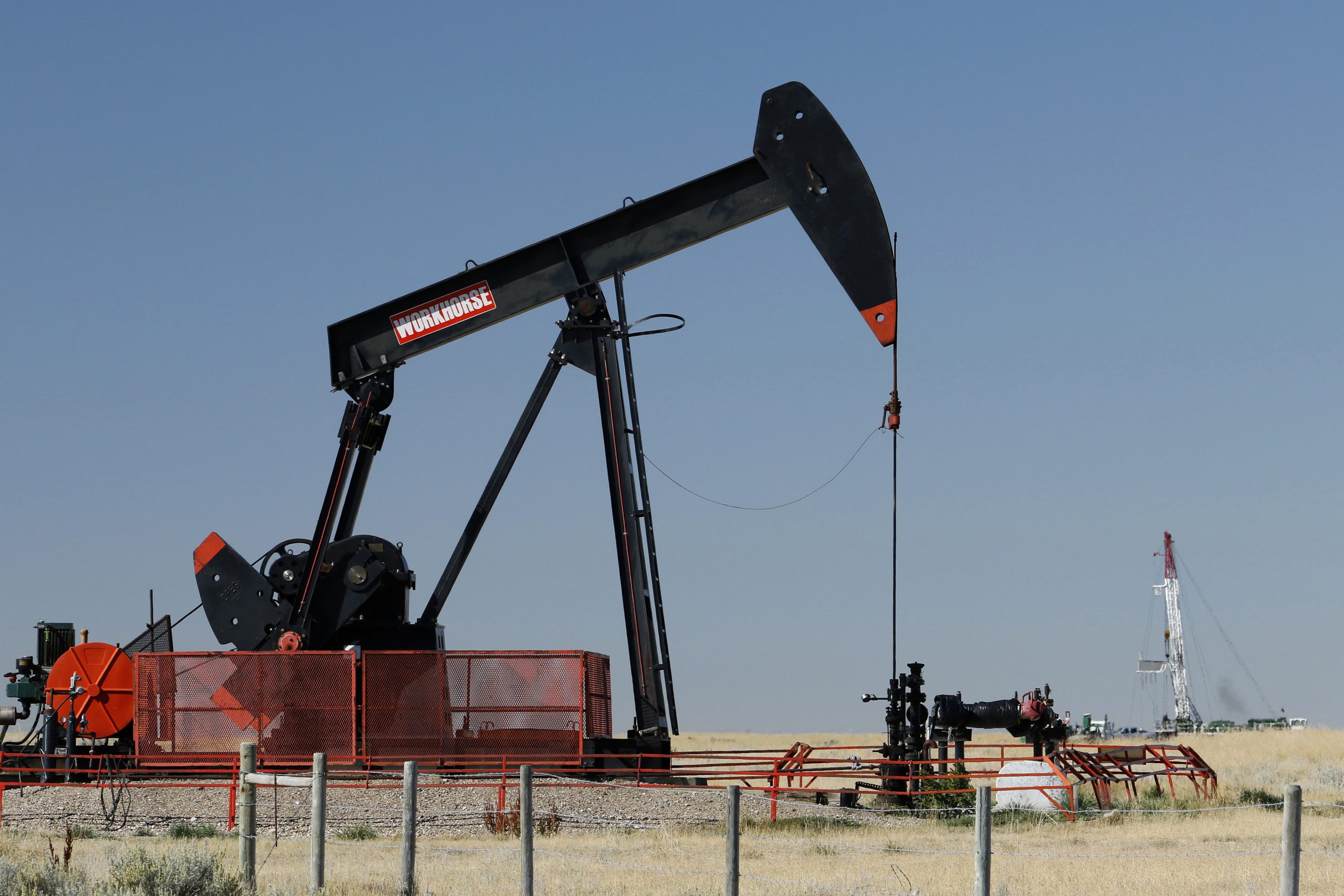Firefighters are reportedly having a “challenging day” as a massive fire in the Alberta oil sands gets closer to Fort McMurray.
Authorities in the Canadian state of Alberta have ordered residents of Fort McMurray to evacuate as a raging wildfire approaches the town in the country’s central tar sands region.
Due to an impending wildfire, the Regional Municipality of Wood Buffalo on Tuesday afternoon gave people in the communities of Abasand, Beacon Hill, Prairie Creek, and Grayling Terrace roughly two hours to evacuate their homes.
These neighborhoods are in close proximity to the area where the fire may spread. If these neighborhoods are clear and deserted, Regional Emergency Services will be better equipped to protect them from wildfires, according to the municipality.
Fort McMurray, which is roughly 430 kilometers (270 miles) northeast of Edmonton, has previously been the scene of destructive wildfires.
Tens of thousands of people had to leave the town in 2016 when a massive fire devastated the town’s houses, shops, and other structures.
The Alberta Wildfire agency of the province released an update on Tuesday stating that the current wildfire, known as MWF107, had spread to 9,602 hectares (23,700 acres) and is thought to be out of control. It was roughly nine miles (15 km) southwest of Fort McMurray.
The EPA declared on Tuesday morning that “smoke is impacting visibility and it is difficult to determine accurate distances at this time.”
“Winds from the southwest are causing fire activity to increase on the wildfire’s northeastern perimeter. Columns of smoke are starting to form. The day ahead will be difficult for firemen.
In 2023, Canada saw its most severe fire season ever, with hundreds of wildfires raging throughout the nation’s provinces and territories.
The massive fires burned entire cities, drove people from their homes, and sent massive plumes of smoke across Europe and the United States.
Experts claim that the record-breaking fires are mostly the result of the climate issue. The Canadian wildfire season, which normally lasts from the end of April until September or October, has been extended due to higher temperatures.
Additionally, lightning has increased, which is usually the reason behind around half of all fires in the nation.
A few thousand residents in British Columbia, the westernmost province of Canada, were also forced to flee their homes in recent days due to a massive wildfire that started close to the northeastern small town of Fort Nelson.
Authorities warn that strong winds may cause the British Columbian wildfire, known as the Parker Lake wildfire, to move closer to the town and the neighboring Fort Nelson First Nation.
However, Tuesday offered favorable weather to the region, according to local media.
The mayor of the Northern Rockies Regional Municipality, which encompasses Fort Nelson, Rob Fraser, stated to CBC News on Tuesday morning that the cloudy sky and “extremely calm” weather should facilitate emergency personnel.
Fraser stated, “The wind won’t blow any closer to the town as long as it doesn’t come up from the west.”
The Environment and Climate Change Canada meteorologists made a prediction last week that indicated “weather conditions for spring and summer 2024 that could lead to greater wildfire risks,” according to the Canadian government.
The government released a statement saying, “As we can expect with climate change, most of Canada has experienced warmer and drier spring conditions thus far, with the added influence of El Nino this year.”
“Drought conditions are expected to persist in high-risk regions in May, including the southern regions of the prairie and western provinces.”

